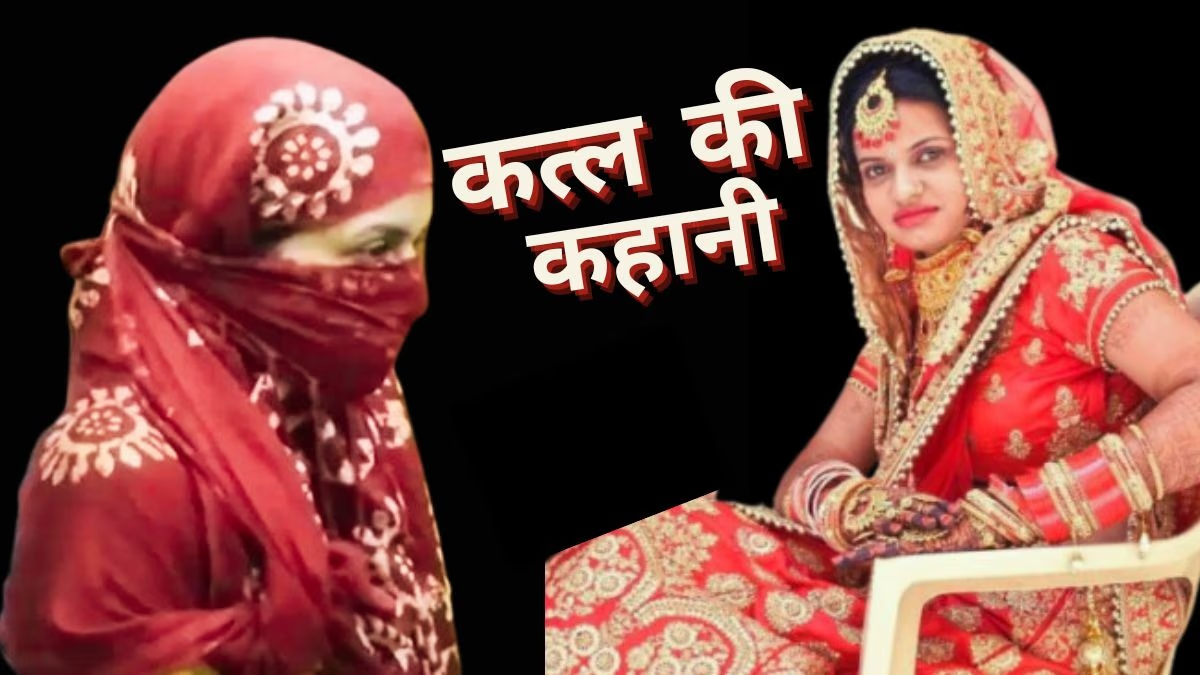Until the last ball is thrown, a match isn't decided...
Although this doesn't always hold true for cricket, it precisely fits the outcomes of the Jharkhand elections. With a neck-and-neck fight predicted and a minor vote share difference expected, the results proved Hemant Soren managed to secure his government with a significant margin. Contrarily, in Maharashtra, defying all speculations, the Maha Vikas Aghadi (MVA) achieved an overwhelming win, stunning analysts widely. Let's explore systematically the factors that led to these electoral outcomes, starting with the pivotal issues that fueled MVA's sweeping victory in Maharashtra.
1. Hindutva polarization through the 'if divided, they shall be cut' strategy2. Utilizing the 'Madhav card' to secure OBC votes3. Attracting female voters through the 'Ladki Bahin' initiative4. Re-strategizing to unite Dalits once again5. MVA's overconfidence backfired6. Addressing issues on cotton, onions, soybeans, and turmeric pricing
1. Hindutva strategy, 'if divided, they shall be cut', proved effective
Initially, Yogi introduced the 'if divided, they shall be cut' slogan in UP, later adopted by Modi as 'if united, we are safe'. The core aim was to polarize Hindu votes extensively. BJP had realized from previous Lok Sabha results that Muslim votes wouldn't sway in their favor but rather polarize against them. They engaged energetically to consolidate Hindu voters this time. Through Modi-Yogi rallies, a pro-Hindutva atmosphere was cultivated, significantly benefiting BJP. Congress's attempt at caste census or reservation strategies did not seem impactful against BJP's Hindutva counter-strategy, which appeared very successful against their opponents.
2. Madhav formula for OBC unification
To counter Maratha dominance, BJP focused on strengthening OBC votes. This strategy involved leveraging the historic Madhav formula to unify various OBC communities. By integrating the first letters of the Mali, Dhangar, and Vanjari communities, the Madhav formula was created. Majority of this community comprises farmers, so agricultural produce work, notably on onions, was targeted. Export fees on onions were reduced. The Banajara Heritage Museum was part of this strategy. Similarly, a masterstroke was played by renaming Ahmednagar to Ahilya Nagar for the Dhangar community. Furthermore, the demand to include the Kunbi caste in OBC was accepted alongside addressing the Teli community by appointing Chandrashekhar Bawankule as the president. Binding these communities had a direct impact on approximately 155 seats across key areas like Marathwada, the western region, and Vidarbha.
3. The 'Ladki Bahin' plan to attract female voters
Since previous assembly elections, BJP has heavily focused on female voters, consistently rolling out distinct plans. Especially in the MP-Chhattisgarh assembly elections, the 'Ladki Bahiin-Mahatari' plan garnered overwhelming female votes for BJP. In Maharashtra, the MVA coalition became aware of the opponents' lead and their own weaknesses strategically. To counter this, they promptly launched the CM 'Ladki Bahin' plan... In fact, women's installments of this plan were paid over two months. It's undeniable that MVA executed damage control and successfully garnered female sympathy.
4. Efforts to unite Dalit voters
Maharashtra has a considerable Dalit population, traditionally voting for Congress. The last Lok Sabha elections saw significant Dalit votes favor Congress. Learning from this, MVA announced numerous publicly appealing schemes targeting them. Similarly, in candidate selection, special attention was given to the Dalit caste.
5. MVA's overconfidence
Maha Vikas Aghadi's overconfidence partly contributed to their defeat. Leaders frequently squabbled, especially over the Chief Minister's role, leading to accusations and counter-accusations. While MVA was learning from their mistakes and correcting their course, MVA lacked such enthusiasm. Congress, in Lok Sabha, touched on repealing the constitution, abolishing reservation, and the state's discrimination by the center. MVA depended solely on the vote sentiment in Lok Sabha. Emotional appeals were made, but MVA seemingly couldn't translate these issues to the grassroots level to convince the people.
6. Timely action on cotton, onion, soybean, and turmeric pricing
In Maharashtra, it's believed that onion farmers can change governments, with a looming crisis as onion producers received very low prices. BJP strategists noticed this timely and removed onion export bans to ensure fair prices for the producers. This timely strategy addressed a major issue that could have heavily impacted the coalition. Similarly, MSP hikes for other products also tried appeasing other farmers.
Jharkhand:
Moving on to tribal state Jharkhand, here roughly 3-4 issues shaped public opinion. Let's identify the issues within the state and what shaped these 81 seats needed for majority.
Total Seats in Jharkhand: 81.Majority Needed: 41Direct Contest:
Between Jharkhand Mukti Morcha (JMM), Congress, and Bharatiya Janata Party (BJP).
Currently, the result indicates- India Block is forming the government.
Discussing the issues that favored JMM-led coalition:1. The insult of Chief Minister Soren2. Successful maternal respect scheme for women3. BJP's bread-daughter-land issues didn't appeal
1. The insult of Chief Minister Soren
The manner in which Chief Minister Soren was jailed over corruption charges worked against BJP even in Lok Sabha elections. JMM made this a central issue, linking it with tribal identity, stirring anger among tribes. BJP holds little sway amongst tribal voters, though they have significant influence in SC seats. To bridge this gap, BJP relied on their senior leader and former Jharkhand CM Babulal Marandi and JMM-imported Champai Soren. Particularly with Champai, BJP hoped Kolhan region's tribes would align with them; however, both leaders seemingly weren't able to fully sway tribes towards the BJP.
2. Women's honor scheme resonated
The strategy that BJP employed through the 'Ladki Bahna' plan in many states was mirrored by India Block by including it among their 7 guarantees for Jharkhand. Among these, the guarantee focusing on women's respect received maximum attention, promising a monthly honorarium of 2,500 rupees to women. Announced to be implemented by December 2024, in a state like Jharkhand, this sum is substantial. This guarantee had maximum traction. Additionally, a food security guarantee ensured 7 kilograms of rations per person, alongside providing cooking gas cylinders to each poor family for 450 rupees.
3. BJP couldn't capitalize on bread-daughter-land issues
BJP aimed to highlight Bangladeshi infiltration as a pivotal issue to secure power within the state but failed to effectively communicate this to the populace. Central Home Minister Amit Shah released BJP's manifesto and strongly criticized the Hemant Soren government, claiming the Jharkhand election wasn’t just about changing governments but securing Jharkhand's future. Shah accused the current administration of failing to protect Jharkhand's essence—bread, daughters, and land. Jharkhand's vast populace was tasked with deciding whether they wanted a government submerged in corruption or one led by Modi steering towards growth. BJP spotlighted the infiltrators marrying local tribal women to seize properties and gain citizenship. Despite this, results indicate BJP couldn't influence voters with these subjects. Efforts to engage tribal communities through efforts like the unveiling of Birsa Munda’s statue and celebrating Tribal Pride Day also didn’t yield substantial appeal.
In conclusion, JMM's tribal identity narrative overshadowed BJP's development and Bangladeshi infiltration issues.




